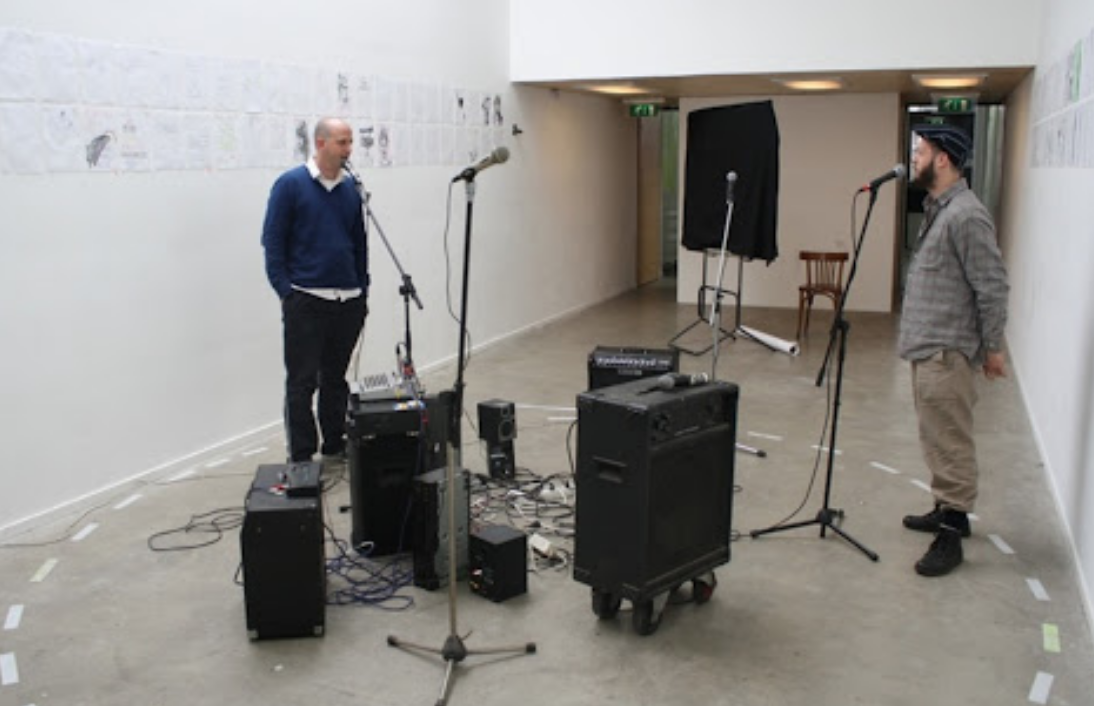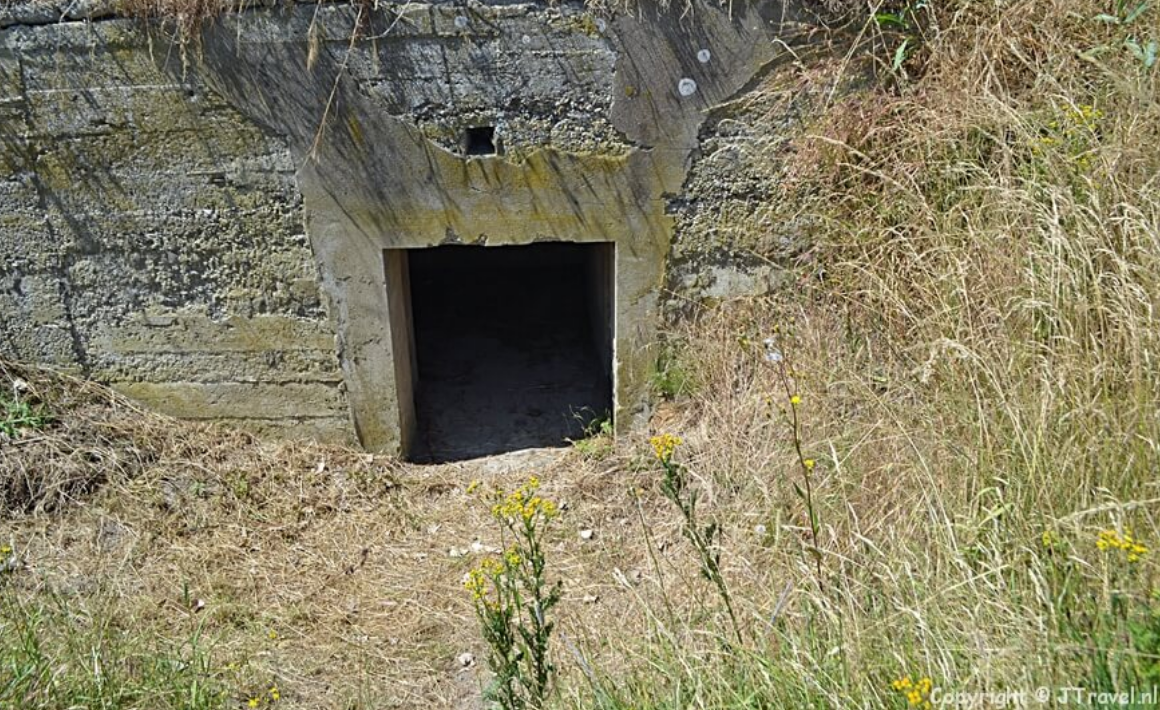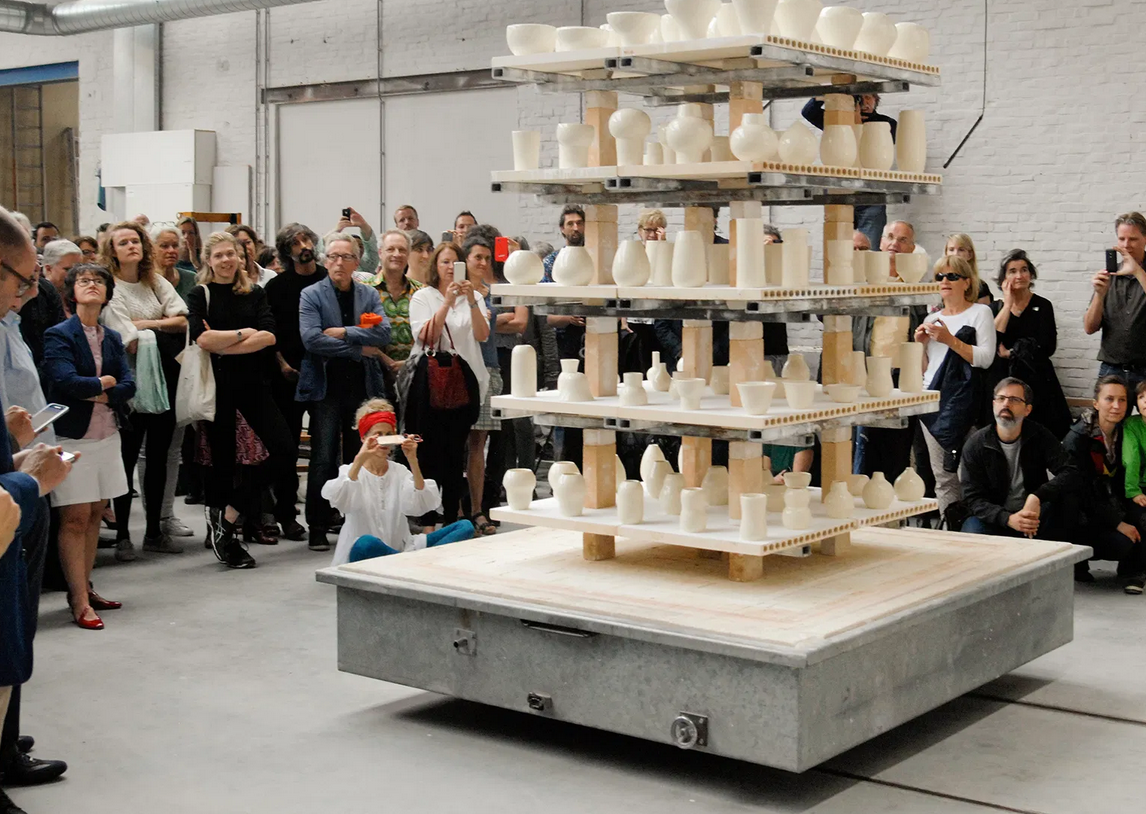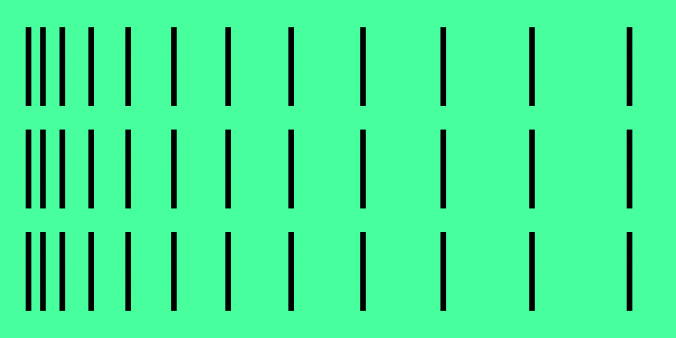AiR checklist #1 PROFILE

1. Motivation
Usually there are more motivations simultaneously present. Formulate them clearly, check with yourself what your motives are.
There are many reasons to start an AiR program.
- Because there is a local need for an international platform for art
- Because you want to share with others a space, technical facilities, or expertise
- Because you would like to offer artists the opportunity to simply have space and time to focus on their work
- If you work in a team or if you collaborate with other organizations: does everybody share the same motivations? If motivations are very different, where do you find a common ground?
2. Situation
Each AiR program is embedded in, and conditioned by its specific situation. Which conditions determine most the profile, the content and the purpose of the AiR program?
- Location:
Is it a historic building, an office, a private house or an industrial complex? Is it located in a city, a suburb, or in the countryside? Does the environment offer tranquility or hectic turmoil? Is it a hub for contacts and cultural events or is it more isolated? - Building:
Are working and living spaces under the same roof or on different locations?
Are studios quiet or noisy, individually or collectively used?
Do the living spaces invite people to meet, or to spend their time separately?
Are there other users, non-residents, of the building?
Are there spaces for workshops, presentations, exhibitions, library?
Always check if these conditions match with the profile of the residency program you have in mind.
3. Position & Profile
Each AiR program takes position in the professional art world. Which position? What role do you want the AiR program to play? Which profile? What is the preliminary scope of your initiative?
- Do you want the program to match local, provincial or national arts policies or do you want to go for it independently? Do you want to offer facilities to support the artists' needs, such as specific tools and facilities, a library, production support, networking support? Or do you leave it up to the guest to connect to facilities and networks? Do you position the residency as a space for interdisciplinary research, or do you focus on one specific discipline?
- How to relate to other art organizations such as art academies, museums, project spaces? How to relate to colleague organizations and to artist-in-residence networks? Consider also for what kind of artists you would like to open your program: students, starting or established artists, younger or older? Do you want to coach the guest or do you keep at a distance? Do you want to engage curators and researchers?
- In creating a profile and positioning yourself in the art world and in society, you may consider to keep it modest. Or would you prefer to intervene in the local, or international art world, for instance with presentations, critical discourse?
- How does the program relate to other AiR programs? Do you want to connect to existing networks, in the arts sector and in the AiR-sector?
4. Guaranteed success
Your ideas about success and failure depend on motivations, goals, and conditions of your initiative. What are your prospects, what do you really value?
What is a successful AiR program, and for whom? Do you focus on the recognition of the AiR program by the local, national or international art world? Or do you focus on the long term impact of the residency on the careers of the visiting artists? Or do you value mostly taking part in the local society? What are important conditions to be satisfied?
- A good match between artist, program and organization.
Make sure that from both sides - on the part of the provider and on the part of host - wishes and expectations are clear. Communicate clearly the profile of the organization and the profile of the AiR program. Rights and obligations of both artist and organization can be endorsed in a contract or a document with house rules. Ensure adequate preparation (time), which fits the profile of the AiR program. An introductory period (or a conversation through Skype) can be fruitful to align needs and expectations. - Visibility of the AiR program
For whom do you want to be visible? And for what purpose? Visibility of the program and the results of a working period can take place by organizing presentations, exhibitions, open days and activities such as lectures or workshops. Is the program listed on a website, is the artist asked to keep a blog during the work period, do you advertise in art magazines, is the local and national press approached? Sometimes a strategic choice of a special guest can contribute significantly to the visibility of the program, for example to choose an artist who included the context of AiR in his or her work. - Continuity
Continuity and development follow from the choice of clear direction of content concerning the program. Map out the process of professionalization of the organization and the program, and develop strategies for financial and substantive independence. Delegation is importance, and good governance: this helps the program to overcome a sudden stop or change, or even calamities no one can predict. - Cooperation
Multi-party cooperation strengthens the position of the organization, not only in the local and international art world but also in society. For example, is there collaboration with a housing association for affordable housing, with a local sponsor for the catering during an opening, or an art school for the use of workshops and expertise? Consider exchange programs with partner organizations abroad: to reduce costs within the organization in production and accomodation of the guest artist. - Flexibility
Flexibility in the organization and the program makes it less difficult to respond to problems and opportunities. Constantly re-examine how a work period takes shape in relation to the work of the artist, the local environment and the arts. It is also possible to vary in length and divide the work periods.





